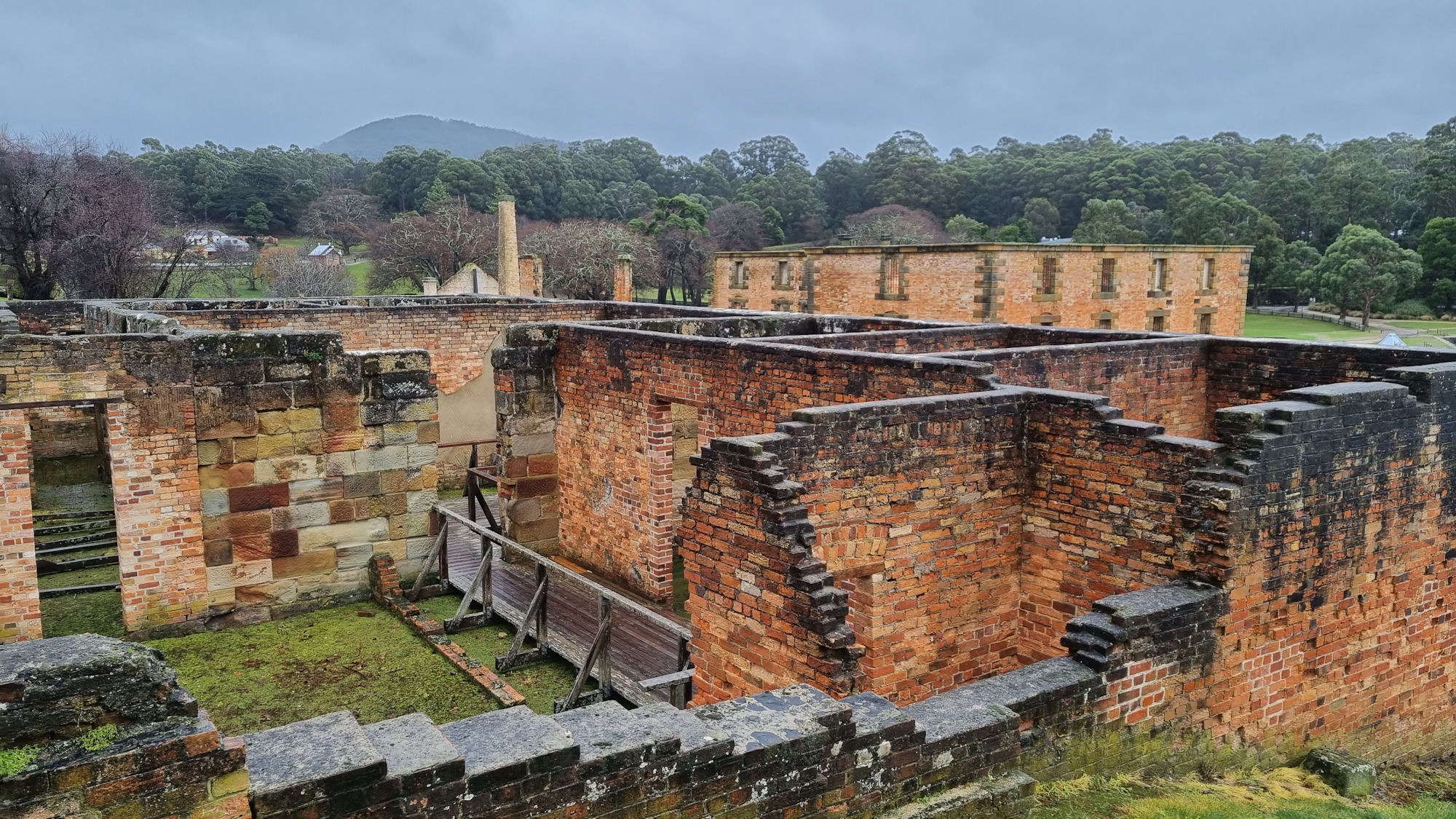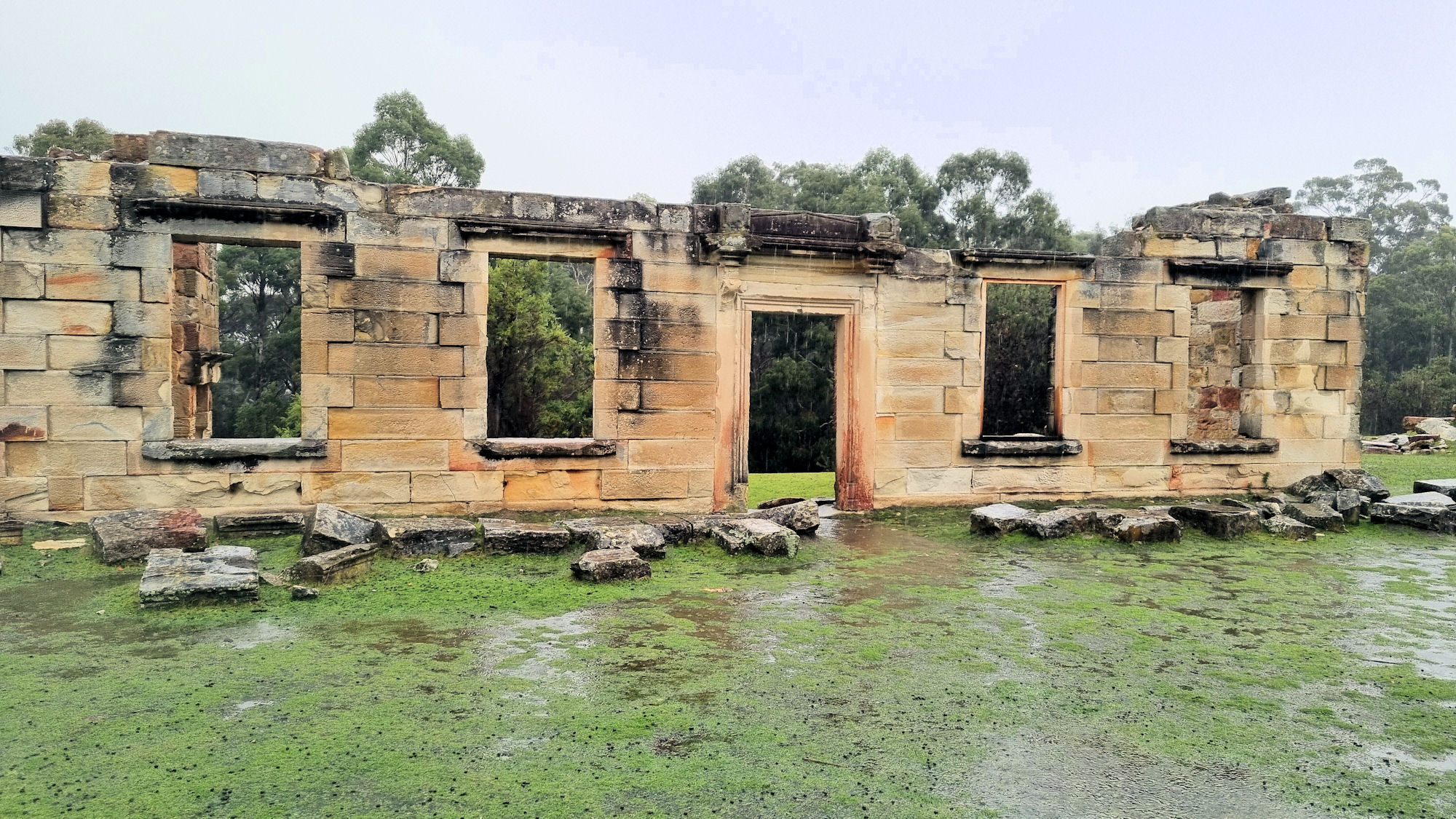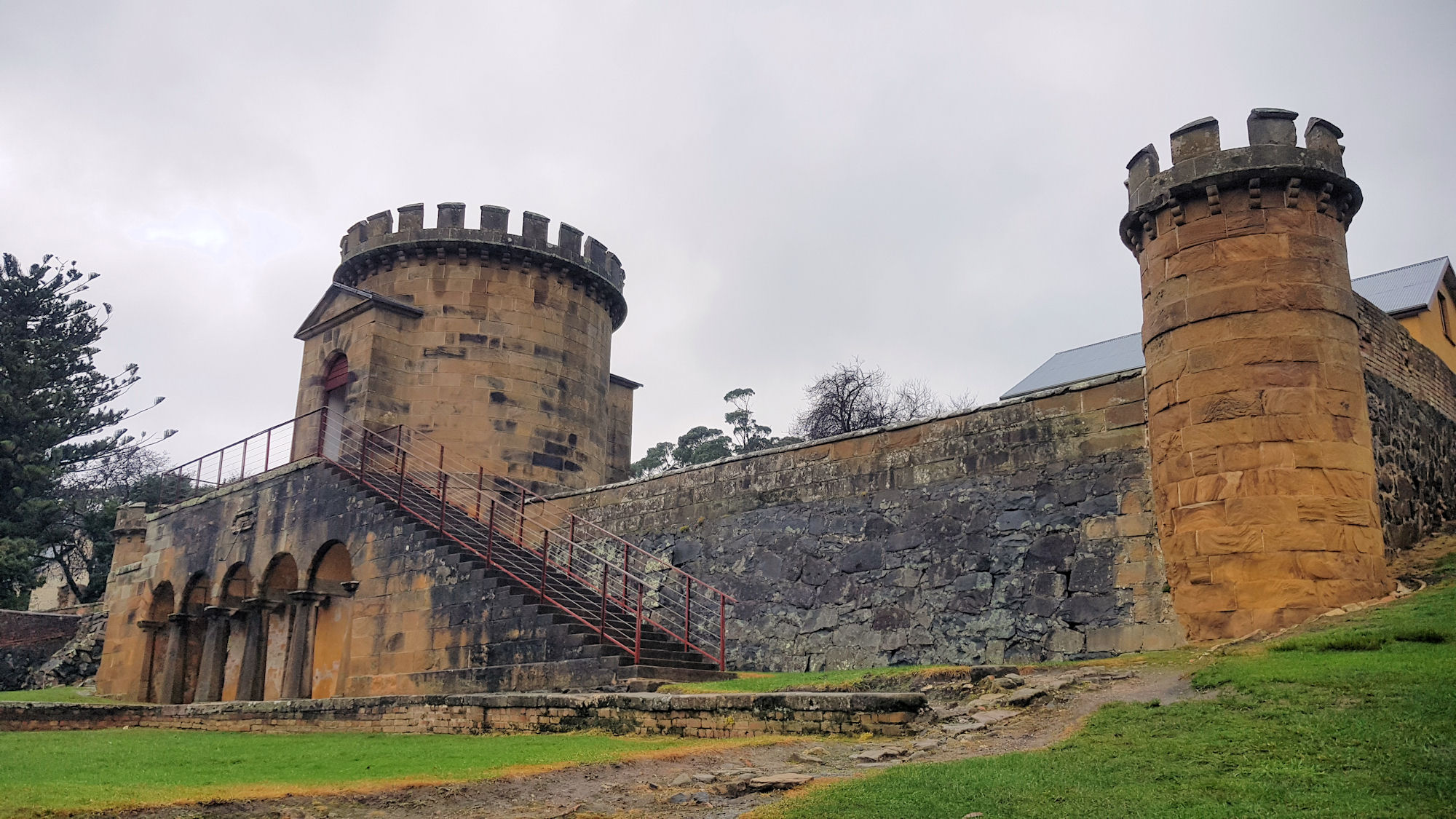Category: Ruin
Ruin
-
Tasman Peninsula Tasmania Australia

Tasman Peninsula The Tasman Peninsula has an wonderful array of historical and natural locations explore. Containing some of Australia’s oldest convict sites, it tells the story of early colonial life while being surrounded by amazing natural beauty. During our stay here, we visited the sites below. This is by no means all there is to… Read more
-
Coal Mines Historical Site Tasmania

Coal Mines Historical Site The location of Tasmania’s first operational mine, the Coal Mines Historical Site, is now part of a World Heritage listed site where the ruins form a reminder of the past. Interpretive signs throughout the site not only describe the buildings use, but provide an insight into life there, by describing the… Read more
-
Port Arthur Historic Site Tasmania

Port Arthur Historic Site The World Heritage listed Port Arthur Historic Site contains over 30 buildings and extensive ruins. The listing reflects its importance to the story of forced migration and settlement of Australia. Primarily a penal settlement, Port Arthur also encompassed a wider community including military and civilian officers and their families. The preserved… Read more